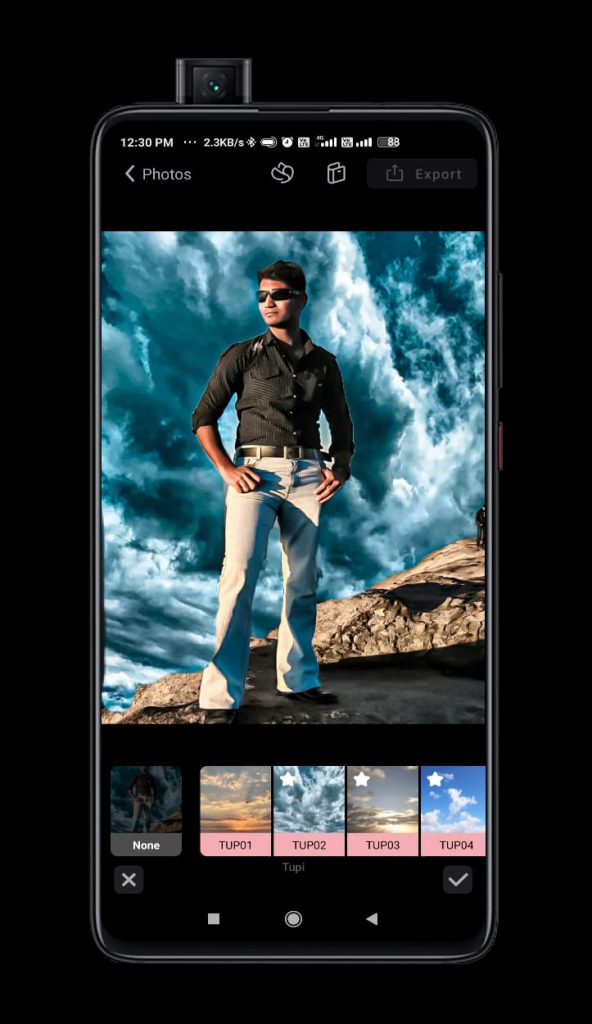How to Edit Android Apps: A Comprehensive Guide for Beginners

Are you an Android enthusiast looking to unlock the full potential of your favorite apps? Have you ever wondered how to modify an Android app to suit your specific needs? In this blog article, we will provide you with a detailed and comprehensive guide on how to edit Android apps, even if you have little to no programming experience.
Editing Android apps allows you to customize various aspects, such as changing the app's appearance, adding new features, or removing unwanted functionalities. With the right tools and a basic understanding of the Android app structure, you can unleash your creativity and tailor apps to your liking. Let's dive into the exciting world of Android app editing!
1. Understanding the Basics of Android App Structure
In this section, we will explain the fundamental components of an Android app, including the manifest file, activities, services, and resources. Understanding these elements is crucial before diving into app editing.
2. Setting Up the Development Environment
Before you can start editing Android apps, you need to set up a suitable development environment. We will guide you through the process of installing Android Studio, the official Integrated Development Environment (IDE) for Android app development.
3. Decompiling an Android App
Decompiling an Android app is the first step towards editing it. We will show you how to decompile an APK file using popular tools like APKTool and jadx, enabling you to explore the app's internal code and resources.
4. Modifying XML Files
XML files control the layout and design of Android apps. In this section, you will learn how to edit XML files to change the app's appearance, add or remove elements, and customize user interfaces.
5. Editing Java Code
If you want to go beyond visual modifications, understanding and editing the Java code is essential. We will introduce you to the basics of Java programming and guide you through editing the code to add new functionalities to your Android apps.
6. Modifying Resources
Android apps rely on various resources, such as images, sounds, and localized strings. Here, we will explain how to edit and replace these resources to personalize the app's content and enhance the user experience.
7. Patching an Android App
When editing an Android app, you may encounter certain security measures or licensing checks. In this section, we will show you how to patch the app to bypass these restrictions and ensure your modifications work flawlessly.
8. Testing and Debugging
After making modifications, it's crucial to test and debug your edited Android app. We will cover various techniques and tools to help you identify and fix any issues that may arise during the testing phase.
9. Repackaging and Signing the App
Once you're satisfied with your edits, you'll need to repackage the app and sign it to ensure it can be installed on Android devices. We will guide you through the process of recompiling the app and signing it with a suitable certificate.
10. Distributing and Sharing Edited Apps
Finally, we will discuss different methods for distributing and sharing your edited Android apps with others. Whether you want to share your creations with friends or publish them on third-party app stores, we've got you covered.
In conclusion, editing Android apps is an exciting and rewarding endeavor that allows you to tailor apps to your unique preferences. With this comprehensive guide, even beginners can learn how to modify various aspects of Android apps, from appearance to functionality. So, unleash your creativity, dive into the world of Android app editing, and start customizing your favorite apps today!

Post a Comment for "How to Edit Android Apps: A Comprehensive Guide for Beginners"
Terimakasih Telah Berkunjung Di Blog Ini, Jika Merasa Artikel Bermanfaat Jangan Lupa Untuk DiShare.
Atas Kerjasamanya Admin Mengucapkan Terimakasih.
----Katingo Take----